Heavenly Bodies: Fashion and the Catholic Imagination (The Metropolitan Museum of Art)
Heavenly Bodies: Fashion and the Catholic Imagination, the Metropolitan Museum of Art’s latest blockbuster, is dazzling. Organised by Andrew Bolton, the curator in charge of the museum’s Costume Institute, the exhibition brings together contemporary fashion designs with the imagery of the Roman Catholic Church by which they were inspired. The featured outfits are presented on mannequins interspersed among the permanent artworks of the museum’s Byzantine and medieval art galleries, the Robert Lehman Wing, and The Met Cloisters, its branch in uptown Manhattan. Also included, something of a curatorial feat, are around forty vestments from the Sistine Chapel sacristy, which are on separate display in the Anna Wintour Costume Center. By way of this organising principle, the exhibition enacts a fashion-inflected storytelling pilgrimage.
Beginning in the Byzantine art galleries, five evening dresses from 2013–14 by Dolce & Gabbana, and five by Gianni Versace from 1997–98, are held aloft on pedestals in two separate hallways that display mosaics and other artefacts from the Byzantine world. The dresses’ glittering materials recall the tesserae of these ancient mosaics and both design houses drew inspiration directly from Byzantine religious sites, in Sicily and Ravenna respectively. While it feels somewhat incongruous to encounter these dazzling, high fashion garments in such a setting, their beauty, like the objects that surround them, is ravishing. This apparent inappropriateness aids the exhibition’s delight, drawing attention to the centuries-old artworks as much as to the recent fashions.
These runway-type displays give an indication of some of the juxtapositions that follow, but Heavenly Bodies as theatrical spectacle reaches its apex in the Medieval Sculpture Hall. In a space dedicated to the display of religious tapestries and statues of the saints and of the Virgin and Child, a haute couture fashion show, albeit one conflated with Roman Catholic ceremony, takes its place. The scenography here is breathtaking, with mannequins bathed in raking light while music by Michael Nyman adds to the dramatic, processional effect. Framed by a magnificent eighteenth-century choir screen, the clothing on display reflects that worn by different sectors of the Catholic Church here on earth, and by the angels and Virgin Mary of heaven as depicted in art.
Continue reading for only $10 per month. Subscribe and gain full access to Australian Book Review. Already a subscriber? Sign in. If you need assistance, feel free to contact us.



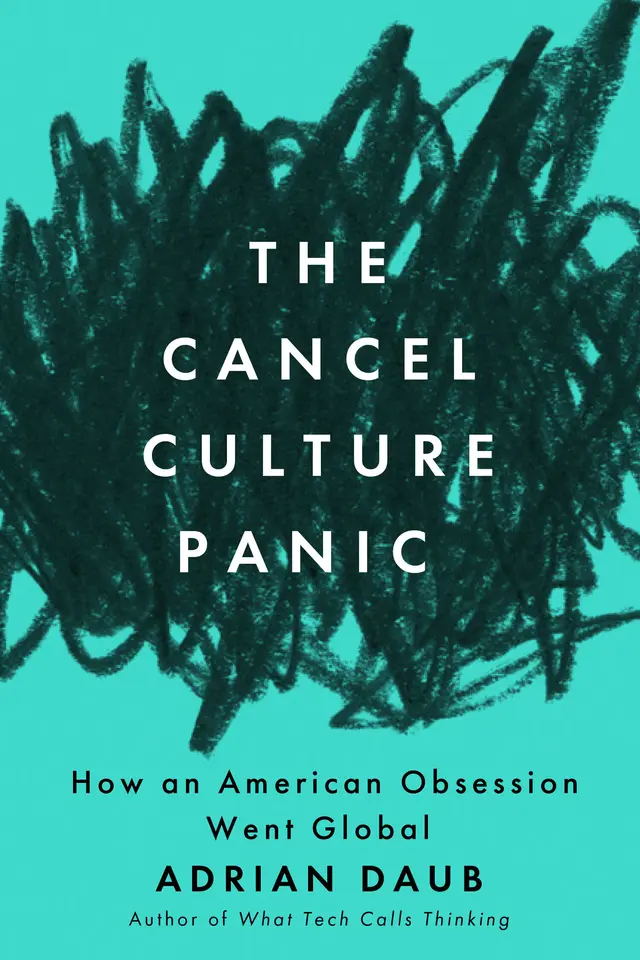
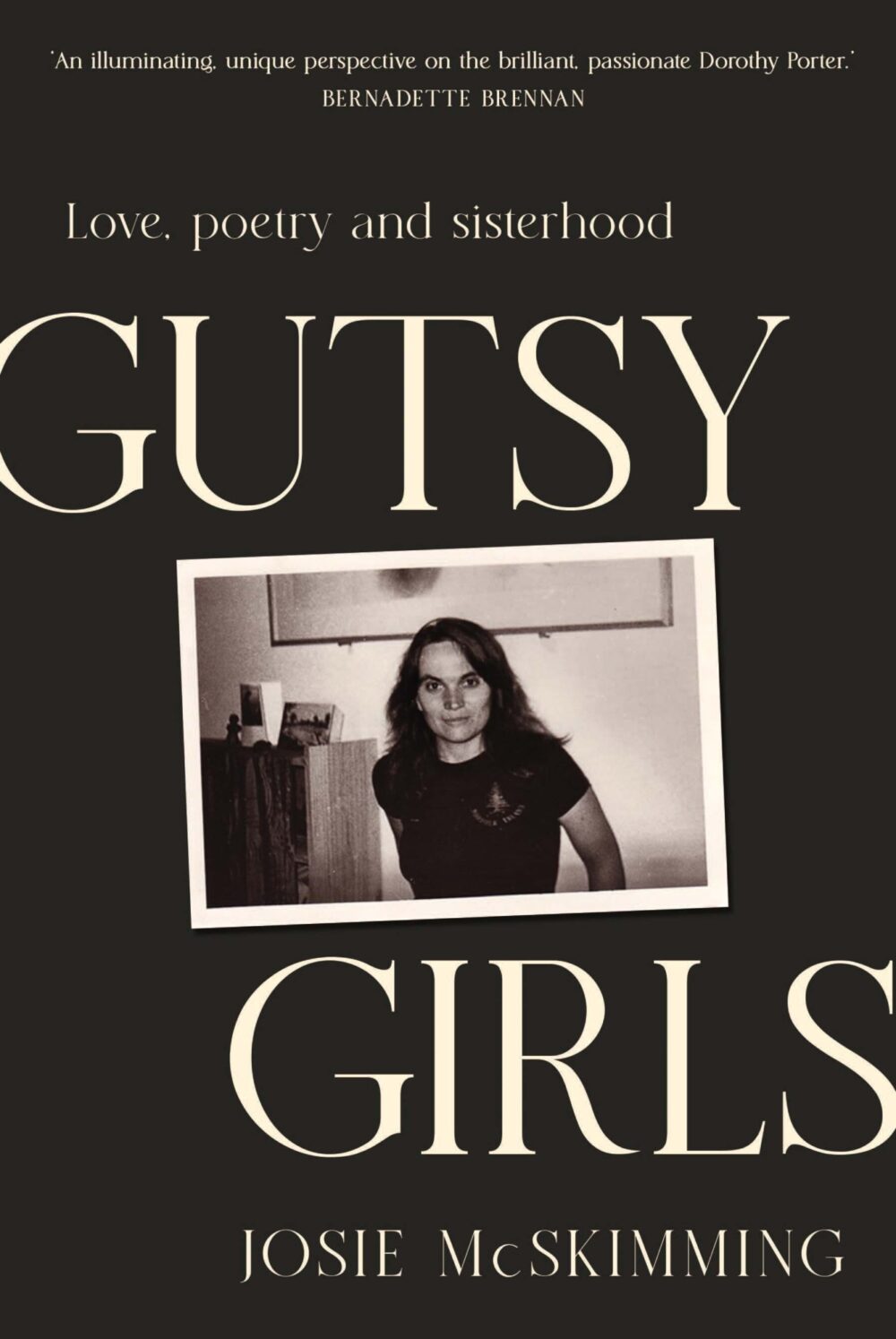
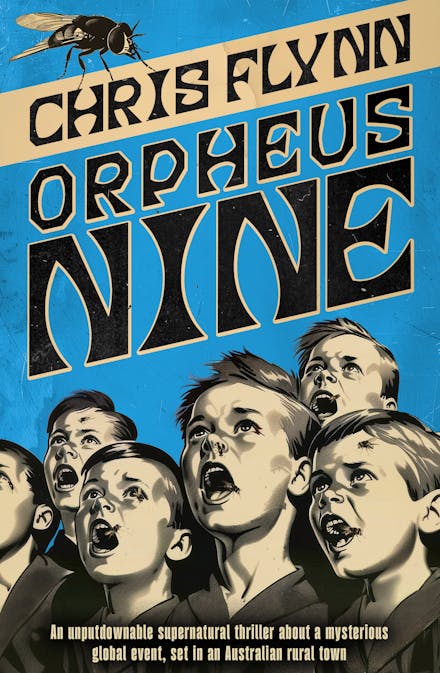
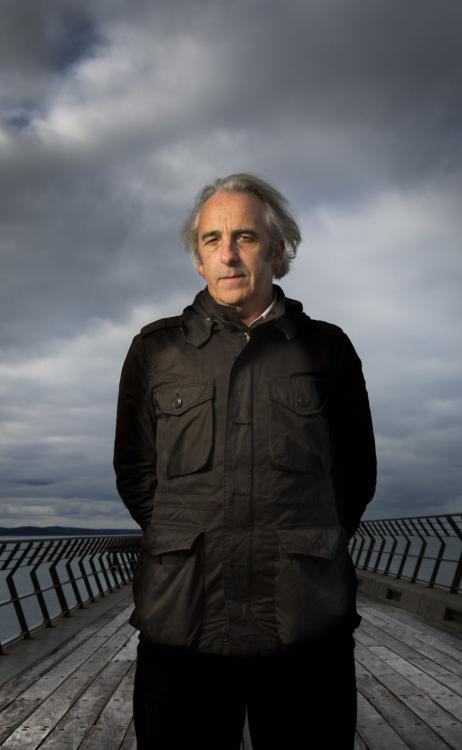

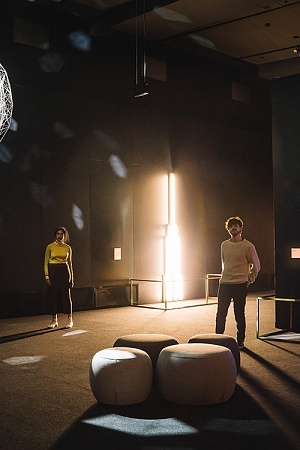
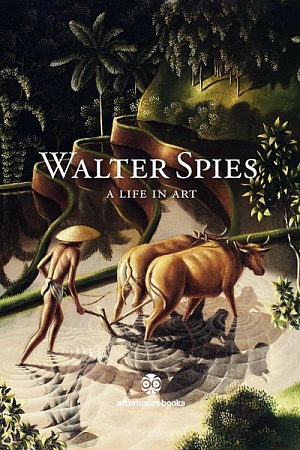





Leave a comment
If you are an ABR subscriber, you will need to sign in to post a comment.
If you have forgotten your sign in details, or if you receive an error message when trying to submit your comment, please email your comment (and the name of the article to which it relates) to ABR Comments. We will review your comment and, subject to approval, we will post it under your name.
Please note that all comments must be approved by ABR and comply with our Terms & Conditions.